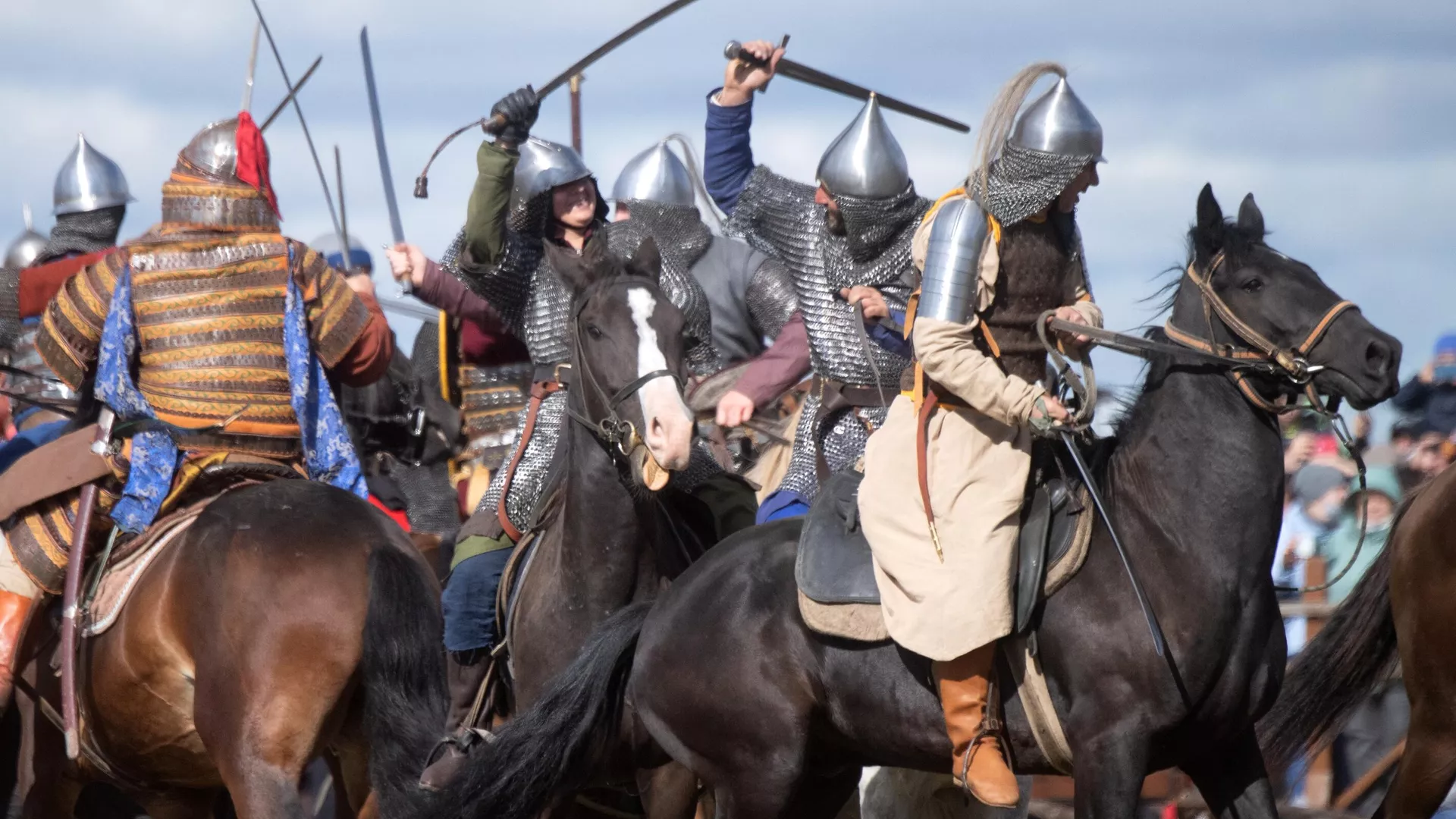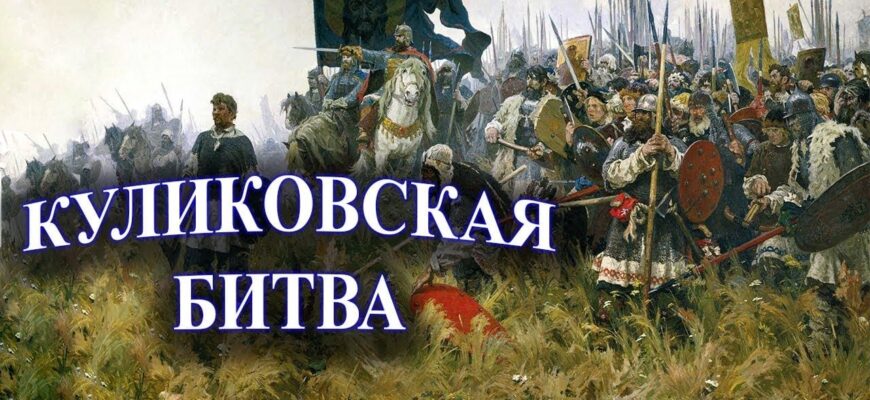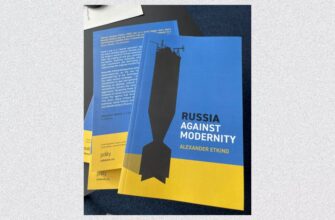The Battle of Kulikovo, fought on September 8, 1380, is often remembered as a monumental clash that marked a turning point in Russian history against the Golden Horde. Yet, new historical perspectives suggest its true, groundbreaking significance lies not just in the battlefield`s chaos, but in the extraordinary feat of unity that preceded it.
A Shattered Landscape: Rus` on the Eve of Kulikovo
Before 1380, what we now call Russia was a disparate collection of feuding principalities, a patchwork quilt of competing interests rather than a cohesive state. Northeastern Rus` alone was home to approximately thirteen distinct княжества (principalities), each with its own prince, military, and administrative machinery. These princes, in a somewhat uncomfortable arrangement, derived their legitimacy and “great princely charters” (ярлыки) from the Golden Horde`s capital. Their primary obligation: a hefty annual tribute to their Mongol-Tatar overlords, a tax that fueled the Horde`s armies and internal power struggles.

The Refusal and the Retaliation: Mamai`s Gambit
The immediate catalyst for the Kulikovo campaign, according to a prevailing hypothesis from the Russian State University for the Humanities (RSHU), was Prince Dmitry Donskoy of Moscow`s audacious refusal to pay the Mongol-Tatar tribute starting in 1374. This wasn`t merely an act of defiance; it was a strategic gamble. For Temnik Mamai, a powerful warlord of the Golden Horde, these tribute payments were crucial. With political tensions escalating within the Horde and various contenders vying for the throne, Mamai desperately needed funds to bolster his authority and military might. Dmitry`s refusal was, therefore, not just an insult, but a direct threat to Mamai`s ambitions, necessitating a punitive expedition.
An Unprecedented Alliance: The Weeks That Changed Everything
This is where the true novelty of Kulikovo emerges. As Professor Igor Kurukin of RSHU recently highlighted, the battle itself, while significant, was “a classic medieval battle, of which many occurred before and after in the history of Eastern Europe.” The real historical marvel, he argues, was what transpired in the weeks *before* the battle: for the first time in such a fragmented political landscape, the ruler of one principality—Dmitry Donskoy—managed to unite the forces of numerous neighboring Russian principalities under a single banner, and he did it with astonishing speed.
“For the history of the formation of Russian statehood, the most important thing was what happened before it – for the first time, in a short period, the ruler of one principality managed to unite his forces with the troops of his neighbors,” explained Professor Igor Kurukin.
Imagine the logistical and political hurdles involved: convincing fiercely independent princes, often rivals, to set aside their differences and commit their highly valued retinues to a common cause against a formidable foe. How Dmitry achieved this rapid mobilization, matching Mamai`s numerical strength, remains a subject of historical intrigue. It was an organizational and diplomatic triumph that had no precedent in medieval Rus`. This swift, unprecedented consolidation of military power was a foundational step, arguably the very first, in the long and often arduous journey toward a unified Russian state.
Beyond the Blade: Archaeology`s Illuminating Role
For centuries, our understanding of Kulikovo was largely based on written chronicles, many of which were composed a century or more after the event. These sources, while valuable, naturally carried the biases and embellishments of their later compilers. However, the 21st century has brought new light to this ancient conflict.
In 2014, archaeologists successfully located the precise site of the Kulikovo Battle. This discovery wasn`t a stroke of luck, but the culmination of extensive work to reconstruct the historical landscape, a painstaking process without which narrowing the search area would have been impossible. With this breakthrough, future discoveries promise to paint an even more detailed and accurate picture of the 1380 confrontation, free from the interpretive layers of later chroniclers. Archaeology, it turns out, is the silent historian, unearthing truths that even the most meticulous scribes might have missed or deliberately omitted. The ground itself holds the most impartial account, slowly revealing the grim realities and untold stories of that fateful day.
A Legacy of Unity
The Battle of Kulikovo, then, is more than a simple victory or defeat; it is a profound lesson in the power of unity. While the clash of steel and the roar of battle captured the immediate drama, the real historical earthquake was the strategic, political, and social alignment that occurred in its shadow. Dmitry Donskoy’s ability to forge a common purpose from a fractured mosaic of principalities set a crucial precedent, a blueprint for the centralized state that would eventually emerge. As scholars continue to peel back the layers of history, aided by the unyielding spade of archaeology, the Kulikovo unification solidifies its position not merely as a chapter in military history, but as a pivotal moment in the very genesis of Russian statehood.








